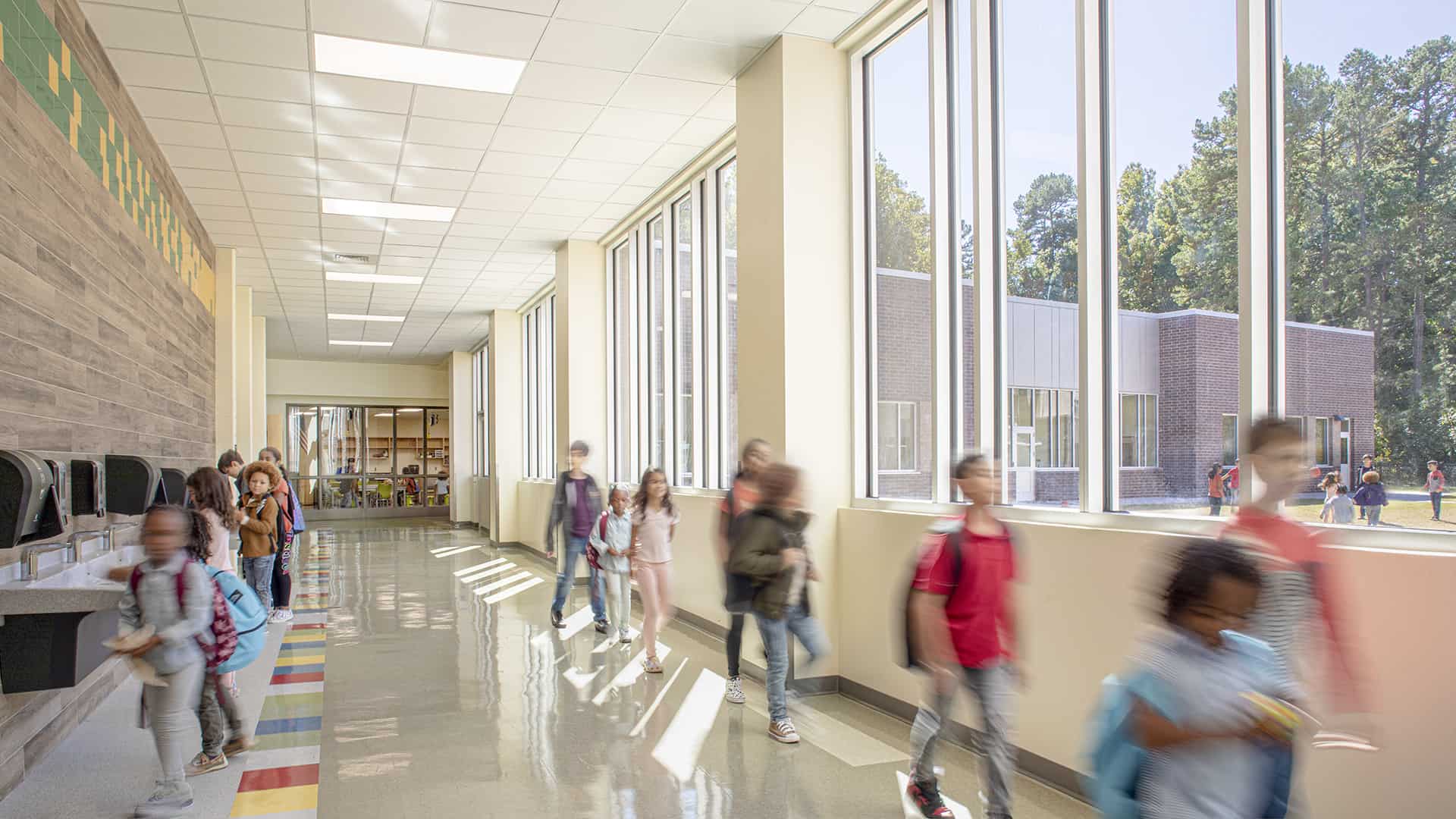Designing anything these days sure has become a lot more complicated. Design can ignite positive change, promoting equity, inclusivity, and sustainability, or ignore those potential outcomes. From the spaces we inhabit to the products we use daily, there is growing recognition that we can—and should—do better.
Interestingly, this is not a novel concept. There have been originators, innovators, and champions in this arena for decades. Voices in the wilderness—and even in the middle of the crowd—have advocated for designers of all kinds to, quite simply, design things better. But what constitutes better design? It seems the definition is evolving to address not just pleasing aesthetics, usefulness or low costs, but sustainability, resilience, wellness, circularity, and equity. Design principles such as equitable design, universal design, and inclusive design have emerged and gained prominence, aiming to enhance design outcomes for a broader audience. Let’s explore these approaches and discuss why they are more relevant now than ever.

EQUITABLE DESIGN
Equitable design approaches design problems with consideration for people who have been—either historically or systemically—marginalized due to factors like race, ethnicity, nationality, socioeconomics, gender, and sexuality. It prioritizes fairness by tailoring support to individual needs, ensuring everyone has an equal chance at success. Unlike equality, which treats everyone uniformly, equity acknowledges that different people require different levels of support and provides design solutions that can address those factors. It’s about rectifying past mistakes, both intentional and unintentional, through suitable remedies in policies, development, and design.
UNIVERSAL DESIGN
Universal design goes beyond just ensuring accessibility to address a wide variety of preferences and needs. Take, for instance, curb cuts. Originally designed to make sidewalks accessible for wheelchair users, curb cuts can also benefit others, including parents pushing strollers, travelers with luggage, cyclists, and anyone else who may have difficulty navigating uneven surfaces or steps. These curb cuts exemplify how a design intended for one specific group can enhance overall accessibility and convenience for everyone. A universal design approach tends to yield solutions that aim to serve the broadest range of users with overlapping needs.
Adopted by the Centre for Excellence in Universal Design (CEUS), the seven principles are as follows:
- Equitable Use
The design is useful and marketable to people with diverse abilities. - Flexibility in Use
The design accommodates a wide range of individual preferences and abilities. - Simple and Intuitive
The use of the design is easy to understand, regardless of the user’s experience, knowledge, language skills, or current concentration level. - Perceptible Information
The design communicates necessary information effectively to the user, regardless of ambient conditions or the user’s sensory abilities. - Tolerance for Error
The design minimizes hazards and the adverse consequences of unintended actions. - Low Physical Effort
The design can be used efficiently, comfortably, and with minimum fatigue. - Size and Space for Approach and Use
Appropriate size and space are provided for approach, reach, manipulation, and use regardless of body size, posture, or mobility.
INCLUSIVE DESIGN
Inclusive design, on the other hand, does not always rely on a one-size-fits-all approach for diverse users. It harnesses the complete spectrum of human diversity, emphasizing embracing and gaining insights from individuals representing diverse viewpoints. Inclusive design goes beyond addressing disabilities and encompasses a broader range of identities and attributes, which include:
Trauma-Informed Design
The principles of trauma-informed design center around creating environments that consider common trauma responses (fight, flight, freeze, and fawn). The goal is to minimize the potential triggers for trauma responses and provide individuals with the spaces and tools necessary for recovery and self-regulation.
Physical Diversity
Human beings exhibit a wide range of physical characteristics, encompassing differences in strength, mobility, visual acuity, and age. To cater to this, it’s essential to thoughtfully incorporate elements of ergonomics, accessibility, and workspace configuration, ensuring that the needs of a physically diverse population are met.
Neurodiversity
Neurodiversity celebrates the vast differences in how our brains process sensory inputs. Designing for a neurodiverse population involves considering sensory integration and recognizing various ways individuals interpret sensory information through all five senses.
Another important consideration that ties these approaches together is Evidence-Based Design which leverages scientific research, analysis, and data to deliver built environments that achieve the best possible outcomes. It’s essential because it ensures that design decisions are grounded in evidence and measurable outcomes, leading to environments that are not only aesthetically pleasing but also functional and beneficial to the well-being of the occupants. By relying on research findings and best practices, evidence-based design can enhance sustainability, safety, efficiency, and overall user satisfaction, helping architects and designers create spaces that positively impact people’s lives.
WHY DO THESE CONCEPTS MATTER NOW?
Whether considered individually or as a whole, these concepts aim to improve the outcomes of any design, ensuring they benefit all of us, regardless of our differences in appearance, abilities, or resources. They don’t ask for everything to be the same for everyone. Instead, they promote a deeper understanding of the many facets of our shared human experience and offer ways to intentionally address different aspects of it for the benefit of us all.
As we stand on the precipice of a global tipping point, these design principles have never been more critical. Our past actions, driven by unchecked consumption and inequity, have strained the planet’s ability to support our lifestyles. Climate change and inequality are pushing us to the brink, raising questions about where underprivileged populations will go when their homes, communities, and regions become uninhabitable.
Acknowledging the need for change is the first step toward creating a better future. Equitable, universal, and inclusive design concepts offer a roadmap to a more sustainable and inclusive world. By embracing these principles, designers can play a pivotal role in shaping a future where everyone has an equal opportunity to thrive—and the planet’s resources are respected and preserved for future generations.

